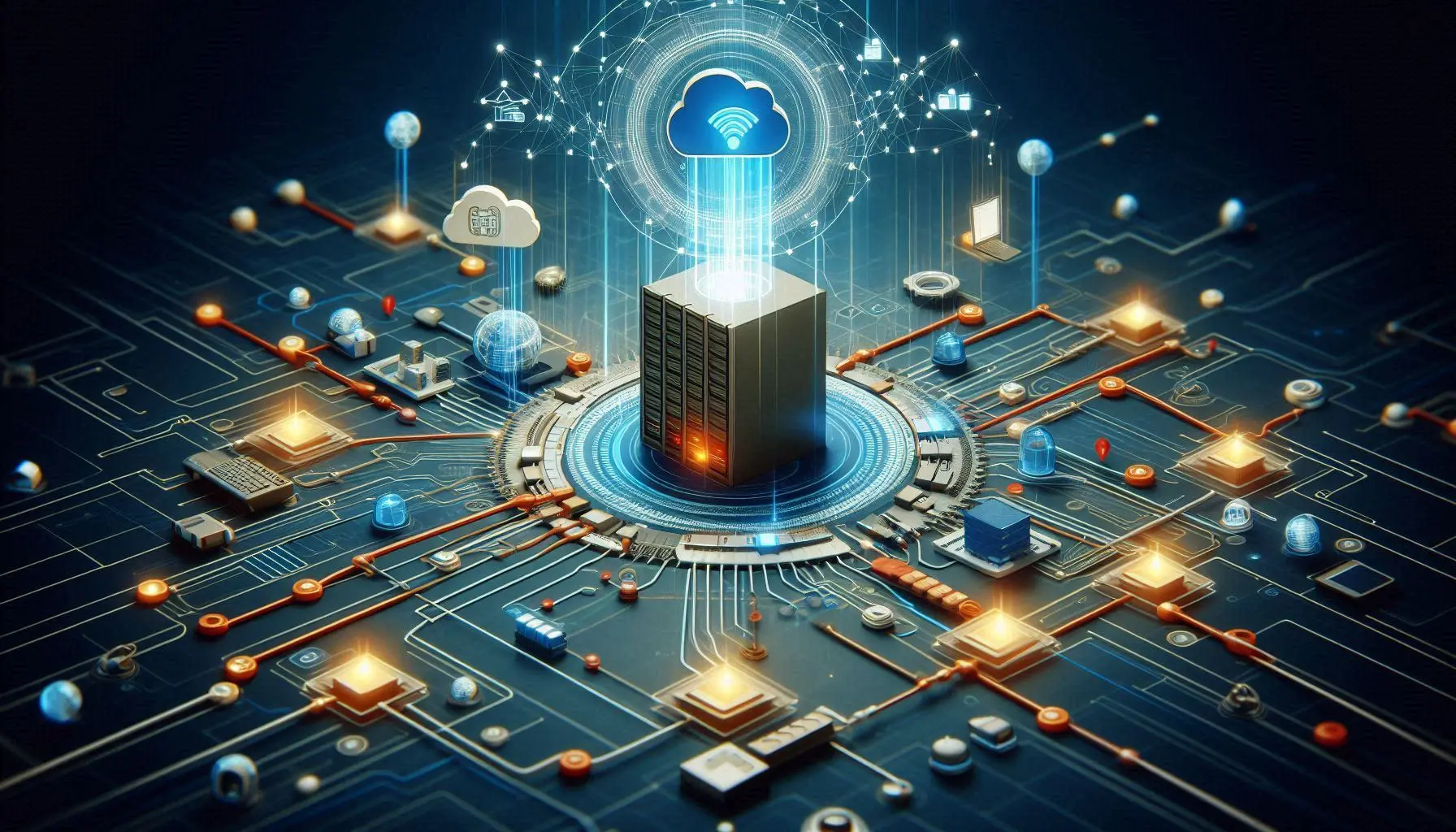
Introduction: The Inner Workings of Hardware Acceleration
Alright, team, buckle up. Let’s talk hardware acceleration. Imagine this as your software driving a Ferrari instead of a clunky old sedan. Hardware acceleration taps into your system’s hardware to perform tasks more efficiently than software alone. When it comes to Plex, this means flawless streaming and zero hiccups, enhancing your overall media experience. But, just like tuning a sports car, sometimes things go awry. Today, we’ll delve into the nitty-gritty of ensuring your Plex Media Server leaps over potential hardware hurdles and smoothly crosses that finish line.
What is Hardware Acceleration in Plex?
Definition and Basics
In simple terms, hardware acceleration in Plex leverages your GPU instead of solely relying on your CPU for transcoding tasks. This lightens the load on your processor, allowing it to handle other tasks efficiently.
Importance for Plex Enthusiasts
For those zealously curating massive media libraries and streaming in high-definition, hardware acceleration isn’t just a luxury—it’s a necessity. It ensures smoother playback, quicker transcoding, and makes the entire streaming experience feel like a walk in the park. If you’re aiming for a seamless 4K experience, this is your golden ticket.
Also read:
Common Hardware Acceleration Issues
Symptoms: Buffering, Streaming Errors, and More
When hardware acceleration goes awry, you’ll notice unmistakable signs: frequent buffering, playback stuttering, or the dreaded “Server is not powerful enough” message. These issues can disrupt your Saturday night movie marathon and push your patience to the brink.
Identifying if the Problem is Hardware-related
Before you rip apart your setup, identify whether the problem traces back to hardware. Navigate to Plex’s settings and disable hardware acceleration. If your issues diminish, congratulations—you’ve pinpointed the hardware as the likely culprit. Now, onto fine-tuning.
Also read:
Pre-requisites and Compatibility
Supported Hardware and OS
Plex hardware acceleration is a bit choosy. Make sure you’ve got supported GPU models like NVIDIA, Intel, or AMD. Additionally, be sure you’re running on compatible operating systems, such as Windows, Linux, or certain versions of macOS.
Ensuring Your Setup is Ready
Before diving into fixes, double-check your rig. Is your system firmware up-to-date? Are drivers current? Compatibility isn’t just about having the right hardware; it’s about having the right software versions too.
Also read:
Step-by-Step Troubleshooting Process
Checking Hardware Acceleration Settings in Plex
1. Navigate to *Settings > Server > Transcoder*.
2. Ensure ‘Use hardware acceleration when available’ is checked.
3. Save your settings and restart Plex Media Server.
Updating Drivers and Firmware
Often, outdated drivers are like having flat tires on your Ferrari.
- Head over to your GPU manufacturer’s website.
- Download and install the latest drivers.
- Reboot your system for good measure.
System Resource Management
Your system might be multitasking beyond its capability. Kill any non-essential processes hogging CPU or GPU resources. Use task management tools to streamline system performance.
Network Connectivity Tests
A bottleneck in your network could wreak havoc. Perform a speed test and ensure your network can handle high-bitrate streams. Ethernet connections typically outperform Wi-Fi, so hardwire your setup if possible.
Also read:
Advanced Troubleshooting Techniques
GPU Utilization Analysis
Analyze how your GPU is utilized during playback. Tools like GPU-Z offer insights into performance metrics to determine if throttling or other issues are occurring.
Adjusting Transcoding Options
Head back to *Settings > Server > Transcoder* and tweak your options:
– Lower the default ‘Maximum simultaneous transcode’ if necessary.
– Consider altering ‘Transcoder default throttle buffer’.
Leveraging Logs for Diagnosis
Plex logs are akin to black boxes in aviation—a treasure trove for diagnostics.
– Enable verbose logging in Plex settings.
– Examine logs located under Plex Media Server’s logs directory for error patterns.
Also read:
Common Fixes and Workarounds
Reinstalling Plex Media Server
Sometimes, hitting the reset button can work wonders.
– Uninstall Plex Media Server.
– Clean residual files.
– Reinstall the latest version from Plex’s official site.
Tweaking Configuration Files
For the nerdy bunch, editing Plex configuration files directly can sometimes resolve persistent issues. Backup the original files before making changes.
Collaborating with Plex Community
Never underestimate the power of collective wisdom. Dive into Plex forums or Reddit threads. Chances are, someone else has faced (and fixed) the exact issue you’re grappling with.
Also read:
Wrapping Up: Becoming the Hardware Whisperer
So, you’ve traversed through the labyrinth of hardware acceleration troubleshooting. Pat yourself on the back; you’re now armed with the knowledge to become a bona fide hardware whisperer. Turn these problems into an opportunity to refine your setup, ensuring silky smooth streams of your favorite media. Remember, tech is dynamic; keep your system updated, stay engaged with the community, and you’ll continue to enjoy a cutting-edge Plex experience. Here’s to never letting a hardware hiccup disrupt your blockbuster binge-watch again!

Meet Plex-i Man, your friendly neighborhood Plex enthusiast and tech wizard. With years of experience tinkering with media servers and a passion for simplifying complex tech, Plex-i Man is on a mission to help everyone build their perfect Plex setup. When not writing guides or troubleshooting Plex issues, you’ll find him exploring the latest in home theater tech or binge-watching sci-fi series. Got a Plex problem? Plex-i Man is here to save the day!


